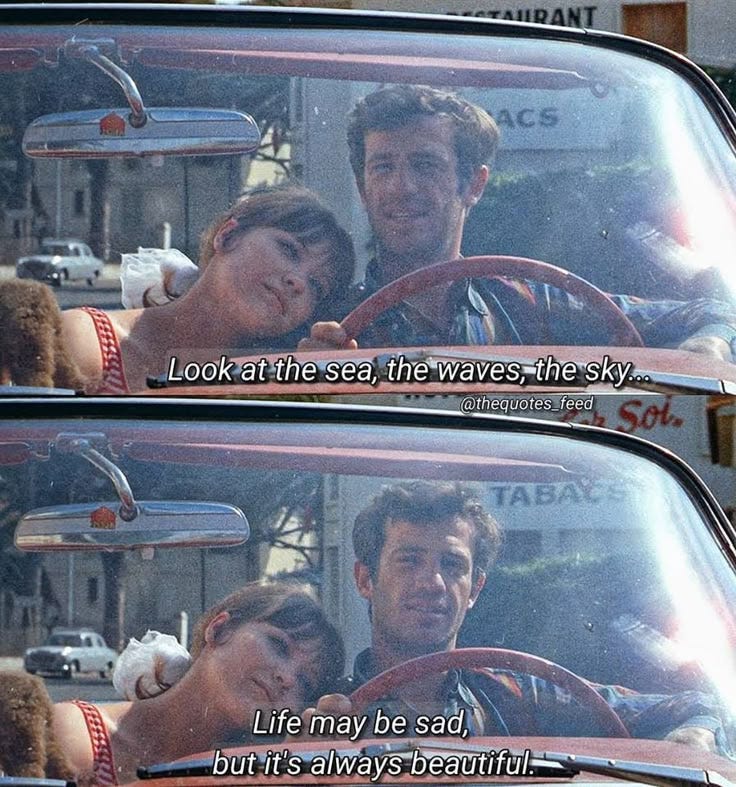Insightful history lessons
Vol. 67
Good morning MF/TS readers!
Welcome to a special weekend edition of the newsletter.
I came across a few history lessons that were eye opening. Eye opening in that, these lessons explains details surrounding major events in America’s history that I didn’t completely know about. For instance, I had no idea Lady Liberty had chains at her feet, to symbolize the country moving away from the Civil War into a new era. Or how Senator Charles Sumner of Massachusetts basically wrote the Civil Rights Act of 1964 with a black law professor (John Mercer Langston) in 1870. Lastly, there was great interview (most of them are) from Humans of New York that felt refreshing in a media environment where faux-truths and dishonesty reigns supreme.
1. The French Abolitionist who gave us the Statue of Liberty
“Few symbols of America are as iconic and instantly recognizable as the Statue of Liberty, and yet many Americans may not know of its origins and connection — like so much of American history — to slavery and the Civil War.
The statue was conceived by a French abolitionist who had been watching from across the Atlantic as the Union fought the Confederacy in the costliest war on American soil.
After the Union won and ended slavery in 1865, the president of the French Anti-Slavery Society, Edouard Laboulaye, proposed a colossal monument as a gift the United States from the people of France to celebrate the U.S. centennial and the triumph of freedom that the Union victory represented.
The abolitionist enlisted sculptor Frederic-Auguste Bartholdi to design it. The sculptor, in turn, enlisted engineer Gustav Eiffel, years before he built the Eiffel Tower, to devise a framework that could withstand the winds of New York Harbor.
What is less known is that early models of the statue gave greater prominence to what the abolitionists intended the statue to represent.
Renderings from the 1870s show that Bartholdi envisioned the statue holding broken chains in her left hand.
The Frenchmen used those images to seek U.S support for the pedestal the statue needed— just as the country was moving away from the lessons of the Civil War and headed toward Jim Crow.
By the time the statue was dedicated in 1886, the broken chains and shackle that the sculptor originally intended had been replaced with a tablet inscribed “July IV MDCCLXXVI” (July 4, 1776), the date we commemorate today.
Bartholdi managed to keep this original element in a less visible location: He placed a shackle and two broken chains at the Statue of Liberty’s feet.
Thus the statue, humbling and magnificent, is a study in contradictions — a woman of classical European form conceived in the aftermath of the American Civil War, erected on a pedestal on the eve of Jim Crow, when women and Black citizens had few rights and with the very spark that led to her creation — the end of slavery — virtually hidden in the chains beneath the robes at her feet. How interwoven we are as a nation.” - Isabel Wilkerson
Thoughts
I never knew this and I bet you didn’t either. Isabel Wilkerson wrote the seminal book (CASTE) that I highly recommend if you’re trying to better understand this here United States of America.
2. Charles Sumner was something else
“So Charles Sumner grew up in a series of contradictions. I’ll tell you just two. First, he’s a third-generation Harvard-educated man. His father went to Harvard, his grandfather went to Harvard, and he went to Harvard. But he also grew up in poverty because his father was a bastard child of his grandfather. Didn’t have any of the wealth and privileges that came with that. His father also was just a lawyer who was really bad at being a lawyer. He just couldn’t seem to make any money. And so they grew up impoverished. His mom was a seamstress.
That leads to the second contradiction, which is that Sumner grew up in a predominantly African American neighborhood in Boston in the 1810s and 1820s because his parents could not afford to live in any other part of town and also because his father was a true racial egalitarian. He was known to tip his hat walking past Black Bostonians. He always said that he wished for the day when Black people would be judges in Boston. Interestingly, he insisted on using the term “people of color” to refer to his neighbors. I thought of this as a modern term, but I see it in his diary. - The Civil War That Never Ended, July 5, 2025.
Thoughts
If you have a moment, give this entire article a read. It’s littered with stories about Senator Sumner that I bet you never knew. Here is the gift link. Not only is his life story an awesome one (he was close with Mary Todd Lincoln, was besties with Ralph Waldo Emerson, and knew Charles Dickens, consulted Abraham Lincoln throughout the Civil War) but this piece is also littered with lessons. Bravery and allyship are at the heart of his greatness.
3. 2025 is the upside down
“It’s a weird time. I’ve still got to get to work on time, pay my bills, manage chronic illness, all that stuff, while the world in general seems to be falling apart. It can be a challenge to juggle those two things while making sure one of them doesn’t completely destroy my mental health. It’s just an odd thing to be like: ‘Oh, all of these atrocities are being committed in Gaza with my tax dollars, but what am I going to eat for dinner?’ Or: ‘Trump just dismantled another check on his power. We’re slowly sliding into fascism, he’s winning at every turn, nobody’s stopping him— but what concert should we go to this weekend?’ The strangest part about the whole thing is that we’ve never been so connected. I could understand if this was eighty years ago; news travelled slowly. But now, in an instant, you get these facts, photos, videos. Verified by credible news, verified by aid organizations, verified by the United Nations—and nobody cares. Well, a lot of people care. But the people who can actually fix things: who can make a call, set up a meeting, post to millions of followers—they don’t care. Instead of standing up for the voiceless, they’d rather lay low, keep their head down, cling to their money or status. So yeah, it’s hard to be a person who cares right now. Sometimes you just want to melt into your bed or couch and be with your feelings. But I won’t say that I feel hopeless. I’d never say that, because that’s what they want—those people who only care about winning, who don’t care about collateral damage. They want people to feel powerless. And I’m not going to give them that luxury. There are still reasons to be hopeful. Zohran just won the primary. And that’s a sign of change, in New York City at least. Even the people who don’t agree with his politics have to admit: his campaign was built on community. It wasn’t funded by billionaires. It didn’t pander to their interests. This was a campaign of fifty thousand people who volunteered, and canvassed, and made calls. Last week a lot of people who had been feeling powerless realized that they still have some power in this country. And that’s a start. Let’s just hope a lot more people are learning from that.” - Humans of New York
Thoughts
A weird time indeed.
VISUALS OF THE WEEK
Go forth.
Stay safe.
Ride the wave.
-Mitch







